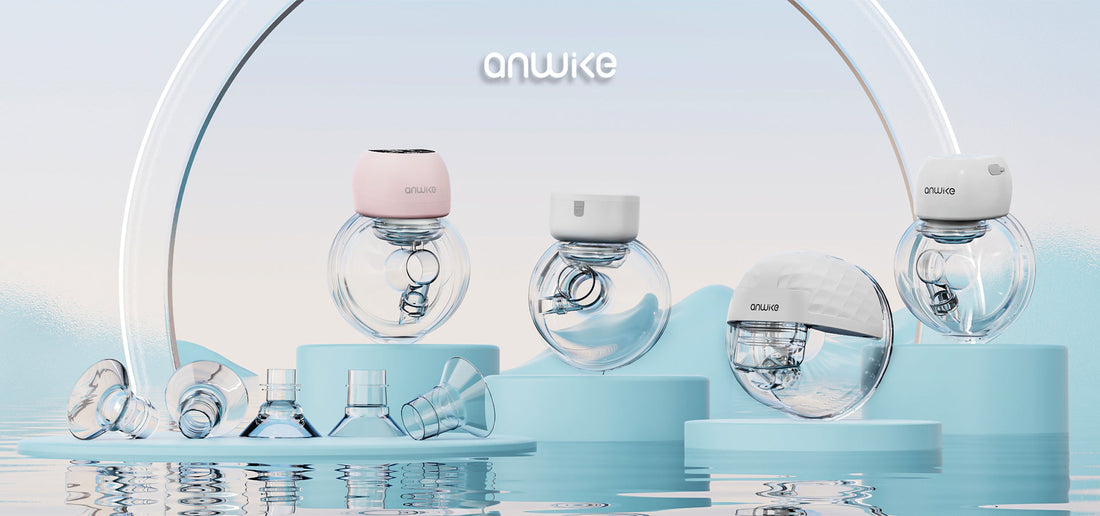
How to Wear a Wearable Breast Pump: A Comprehensive Guide for Busy Moms
Share
The demands of new motherhood can make pumping breast milk feel like an impossible task. Wearable breast pumps provide a solution, offering hands-free convenience. However, proper use is crucial for comfort and efficiency. This guide will walk you through the process.
Understanding Your Wearable Breast Pump
These pumps fit discreetly inside your bra. Key components include:
- Motor: The power source for suction.
- Collection Cups: These gather the expressed milk.
- Flanges: The part that creates a seal with your breast. Proper sizing is essential.
- Bra Adjusters (if included): These enhance fit and stability.
Step-by-Step Wearing Guide
-
Hygiene First:
- Thoroughly wash all parts that contact breast milk with warm, soapy water.
- Sanitize using boiling water or a steam sterilizer.
- Ensure all parts are completely dry before assembly.
-
Pump Assembly:
- Carefully follow the manufacturer's instructions for assembly.
- Double-check all connections to prevent leaks and ensure optimal performance.
-
Flange Placement:
- Center the flange over your nipple, creating a tight seal.
- The nipple should move freely within the flange tunnel.
- It is very important to get the correct flange size.
-
Secure in Your Bra:
- Gently slide the collection cups into a supportive bra.
- The bra should hold the pump snugly without excessive pressure.
- Make sure the bra is not to tight, this can cause issues with proper pump function.
-
Suction Adjustment:
- Begin with the lowest suction setting.
- Gradually increase until you achieve comfortable, effective milk flow.
- Many pumps offer massage and expression modes; experiment to find what works best.
-
Pumping Duration:
- Adhere to the manufacturer's recommended pumping time, typically 15-20 minutes per session.
- Over or under pumping can negatively effect milk production.
-
Pump Removal:
- Carefully detach the pump from your bra after pumping.
-
Milk Storage:
- Transfer the milk to a clean, sterile container.
- Follow established guidelines for safe breast milk storage.
-
Pump Cleaning:
- Disassemble and thoroughly clean all pump components after each use.
Tips for Optimal Pumping
-
Flange Fit:
- Incorrect flange size is a common source of discomfort and reduced output.
- If your nipple rubs or feels pinched, try a different size.
-
Bra Support:
- A well-fitting bra is essential for keeping the pump in place and comfortable.
-
Comfortable Position:
- Pump while sitting, standing, or moving, as desired.
-
Relaxation:
- Stress can hinder milk flow. Create a calming environment.
- Stay hydrated.
-
Experimentation:
- Find the suction and speed settings that maximize your comfort and milk production.
Key Considerations:
- Hygiene: Maintain strict hygiene to prevent contamination of breast milk.
- Comfort: Prioritize comfort to ensure consistent pumping.
- Time Management: Incorporate pumping into your routine efficiently.
- Support: Seek guidance from lactation consultants or healthcare professionals.
